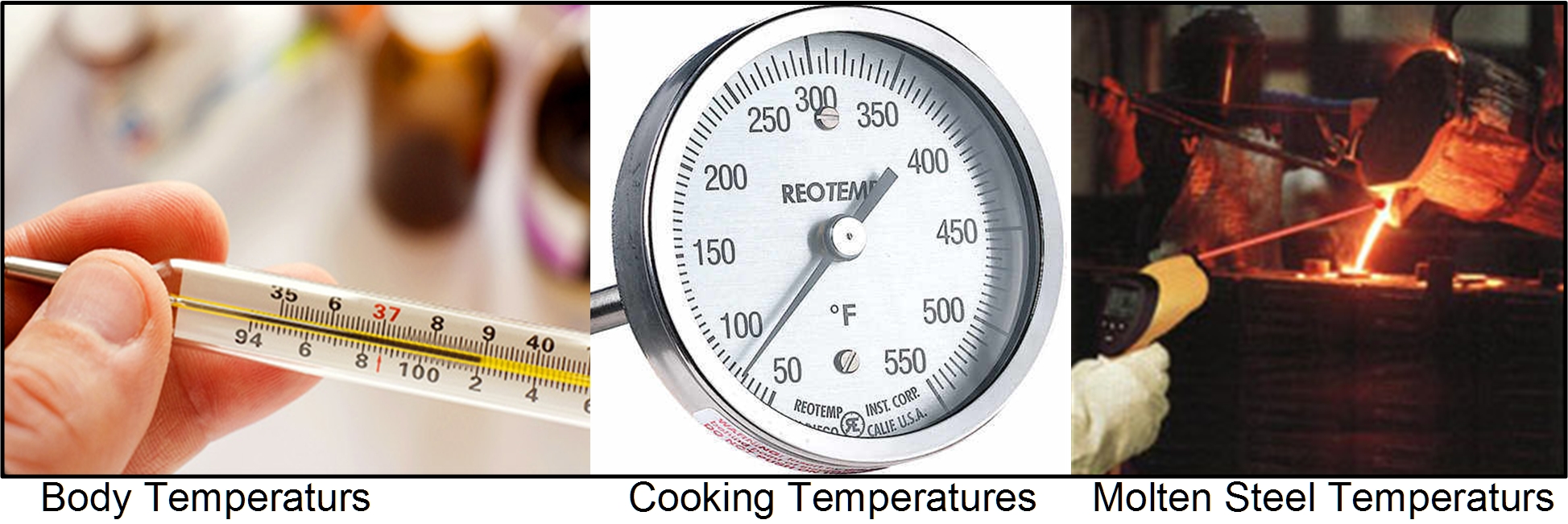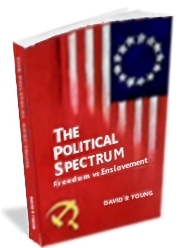By David R. Young
We’ve all heard of the “political spectrum”. But, what really is a spectrum and how should this concept be applied to Politics?
The rainbow is easily the most popular and recognized spectrum. Unless you are colorblind it is impossible to miss the continuous blend of color, one to the next. Natural law dictates the color pattern which is always in the same order.
The gray scale is likely the simplest example of a spectrum. Between the extremes of black and white, the gray spectrum slowly fades from a glaring white to the deepest black.
Many known spectrums are invisible to the eye or senses. They can remain partially or completely unknown until discovered through accident or scientific study.
 The full spectrum of radio waves was, at one time, completely unknown. But once discovered, a whole host of technical advances were made possible. Radios, cell phones and satellite communications are a few examples. Communication networks no longer had to be connected by miles of copper wire. The air became the “wires”.
The full spectrum of radio waves was, at one time, completely unknown. But once discovered, a whole host of technical advances were made possible. Radios, cell phones and satellite communications are a few examples. Communication networks no longer had to be connected by miles of copper wire. The air became the “wires”.
 Often, only a small portion of a spectrum is useful in day to day activities. For example a thermometer, used for taking body temperature, only measures a small portion of the broader heat – cold spectrum. But to measure the temperature of molten steel requires an entirely different measuring scale.
Often, only a small portion of a spectrum is useful in day to day activities. For example a thermometer, used for taking body temperature, only measures a small portion of the broader heat – cold spectrum. But to measure the temperature of molten steel requires an entirely different measuring scale.
You may be wondering what this has to do with the Political Spectrum. Or better yet, I hope you are saying, “hmm, this is getting interesting”. (more…)






